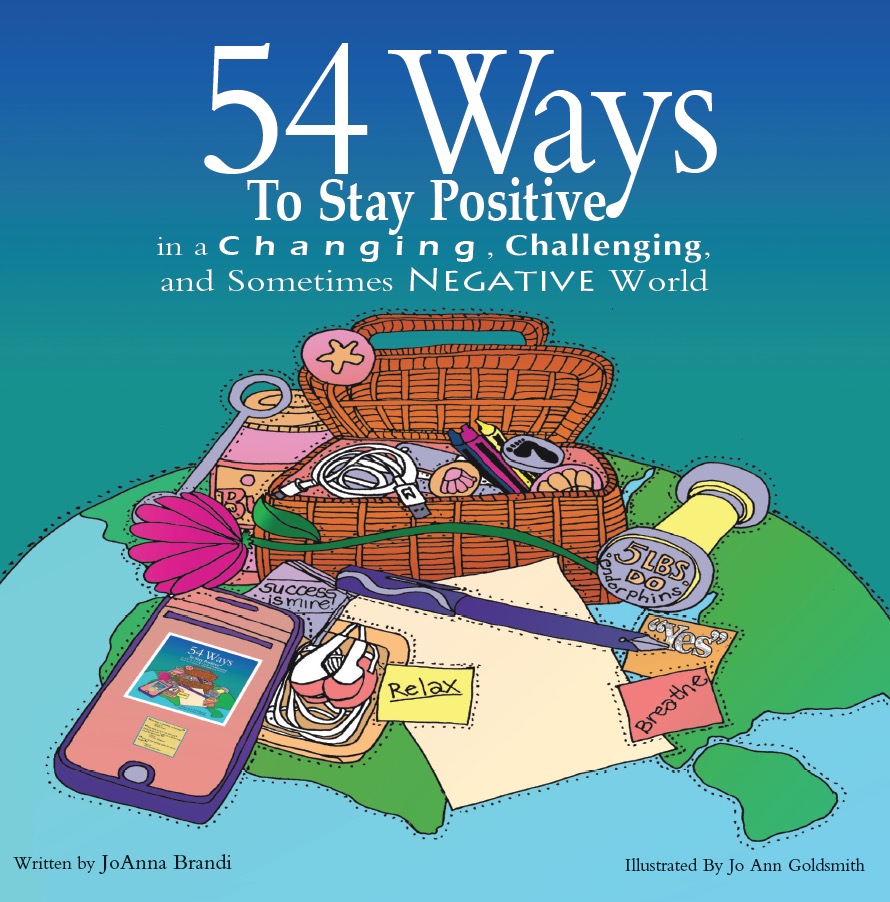ARE YOU DEVIANT?
 What do Michael Jordon, Mylie Cyrus, Rosa Parks, Tony Hsieh (CEO of Zappos), Lady Gaga and families with healthy children in West Bengal India all have in common?
What do Michael Jordon, Mylie Cyrus, Rosa Parks, Tony Hsieh (CEO of Zappos), Lady Gaga and families with healthy children in West Bengal India all have in common?
Positive Deviance. They’ve all done or are doing something that puts them at the far right end of the “bell curve” of normal distribution. They are “deviant.” While that word has usually been associated with negative behavior, it doesn’t have to be.
Deviant comes from two Latin words. “De” means “from” and “Via” means “Road.” Deviate means “Off the beaten path.” People that demonstrate unconventional or uncommon behavior can be called positive deviants. I kind of like the term myself, and consider myself one of that group. Do you?
People who depart from the norm, walk to the beat of a different drum, think outside the box, go with their gut and otherwise step off the path of how-everyone-else-is-doing-things-around-here and are more successful because of it, ought to be watched. (And perhaps even imitated.)In 1990, Jerry and Monique Sternin worked with Save the Children in Vietnam. For years, the-way-things-were-done when it came to malnutrition, was to diagnose the nutritional deficiencies and then supplement the children’s rice based diet with foods that were not native to the local environment.
That worked fine until the outside organizations left and the children quickly became malnourished again. When the Sternin’s arrived they found some pockets of deviance, where the children were healthy and well fed, even though they were in the same kinds of villages as the sickly kids.What were these parents doing differently? What were they doing right?Turns out some of the families were feeding their kids small freshwater shrimps and crabs they pulled from the grasses. Some fed them sweet potato leaves which are vitamin rich. Workshops began in the villages where each was encouraged to develop similar and unique solutions based on finding more vitamin and protein rich food right in their areas. It worked. After the foreigners moved out, the villagers were now able to take care of themselves using local resources.
What’s happening in your rice paddies?
Are Positive Leadership tools helping you do a better job of leading? Are some of your efforts succeeding in ways you never thought possible? Is your team communicating better, collaborating on projects to change process, discovering their creativity? If not, why not?What departments rock? What places are doing cool things? Whose getting outrageous results?Remember engagement is the name of the game. Engaged employees perform better and produce more – and they help engage customers. That makes the emotional connection that builds loyalty.
Positive Deviance (PD) is an approach to personal, organizational and cultural change based on the idea that every community or group of people performing a similar function has certain individuals (the “Positive Deviants”) whose special attitudes, practices/ strategies/ behaviors enable them to function more effectively than others with the exact same resources and conditions. The premise of PD is that the superior practices of the Positive Deviants enable them to improve outcomes, and if those practices (also attitudes, thinking and behaviors) can be isolated then they can be used to improve the outcomes of others as well. (Source: Wikipedia)
Now that sounds good to me.

 Next Post
Next Post




